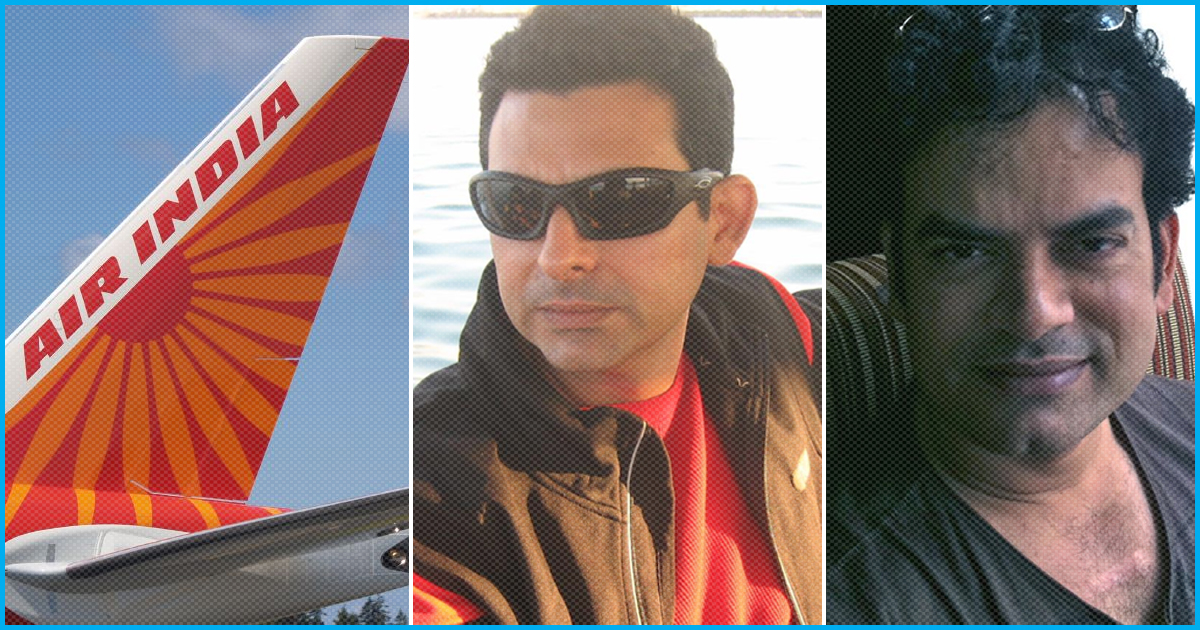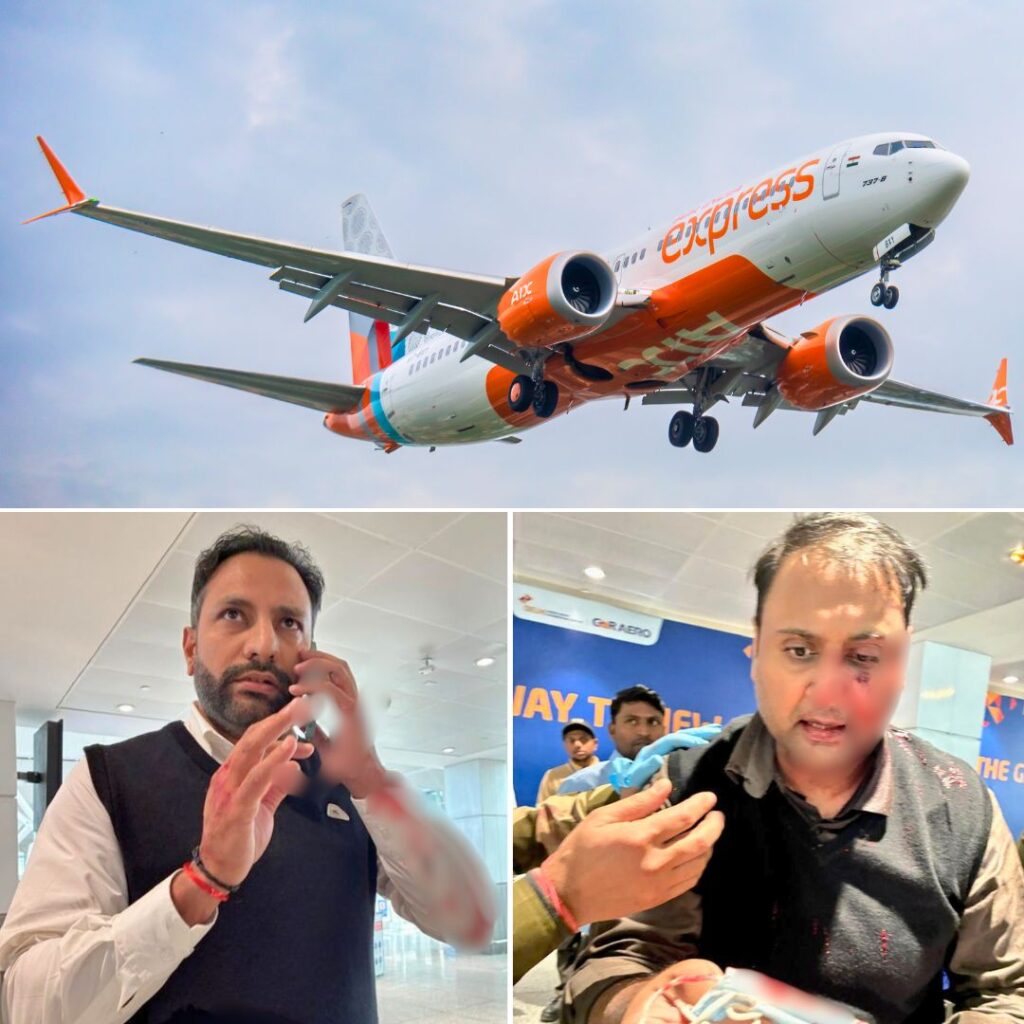On September 11, a major tragedy was averted because of the calmness of two Air India pilots and an Air Traffic Control (ATC) operator in New York. The 370 passengers on board the AI-101 Delhi-JFK (New York) flight perhaps sat in their seats blissfully unaware of their increasingly critical situation as the pilots tried to land the plane in poor visibility while struggling with the low amount of fuel and multi-system failure.
The 15-hour flight is one of the longest in the world but still a routine flight for experienced pilots like senior commander Rustom Palia and second-in-command, captain Sushant Singh. Palia and Singh were piloting the nine-year-old Boeing 777-300 and on their final approach to JFK airport, New York, the aircraft experienced multiple instrument malfunction and they had to abort the landing, as reported by NDTV. The only option left with them was to find another airport nearby with better visibility and try a visual landing by using a method that Air India doesn’t provide training for and Boeing doesn’t mention in its operational guidelines.
“We’re really, you know, stuck and there’s no fuel”
The audio of the conversation between Air Traffic Control and the pilots of AI-101 on that fateful day was released by liveatc.net and the following are snippets of the tense yet calm dialogue.
AI-101: “We’re really, you know, stuck and there’s no fuel.”
AI-101: “We have some onboard instruments problem, and because of that we are not able to conduct the ILS (Instrument Landing System) for JFK, and now we are sitting for [an] alternate for what we can do…”
AI-101: “Basically, we’ve got a single source radio altimeter, we have a Traffic Collision and Avoidance System failure… No Auto-land, no wind shear systems, (no) Auto Speed Brake and the Auxiliary Power Unit is unserviceable as well.”
AI-101: “This Instrument Landing System is unpredictable…because every time we turn towards the localiser, it is just gone.”
JFK ATC: “Your Instrument Landing System is out of service on both sides of the aircraft, right?”
AI-101: “Yea, that’s correct.”
JFK ATC: “And you said your radio altimeters are out on both sides of the airplane?”
AI-101: “Uh, that right, we are on a single radio altimeter now.”
JFK ATC: “Okay, Air India, just when you get the chance, give me the people on board and the fuel on board please.”
AI-101: “We have a total of 370 (souls) on board’ and fuel is 7200 kg, Air India-101.”
The above basically means that the pilots were running out of options. Without the aid of the host of instruments which assist with landing, the most crucial part of a flight, the pilots had to attempt to land manually and visually. With fuel running out fast, they could not risk going to an airport with better visibility conditions. This left them with only Newark airport in New Jersey, their primary alternative. With visual landing, visibility is key and as there was a cloud cover it meant that the Boeing 777 had to come really low before they could actually see the runaway.
The pilots informed the ATC that they had decided to attempt a “non-precision” approach. Reportedly, they planned to use the few functional instruments to simulate an Instrument Landing Approach.
“I wish there was more I could do for you”
With fuel level running dangerously low, the out-of-the-box landing approach at Newark was decided. Although an emergency crew was reportedly on stand-by at the Newark airport, one moment’s indecision or hesitation or just one small mistake could have reduced the aircraft to a fireball. The lives of all 370 passengers and the crew were at stake.
The JFK ATC asked the crew of AI-101 whether there was anything else they needed and the pilots thanked him. The ATC operator replied, “I wish there was more I could do for you.”
As they approached the landing strip at the Newark airport, the airport reportedly sounded out an alert saying AI-101 was flying too low. However, 90 seconds later, the flight was safely on the ground, approximately 38 minutes after the pilots first reported the issue, reported NDTV.
Reportedly, Air India has refused to comment pending a probe and Boeing has also refused to comment on the incident.
The Logical Indian applauds the calmness with which the pilots and the ATC operator handled the situation and averted a major tragedy.
Also read: Mumbai: Pilots Sacrifice Own Lives To Save Others & Crash Land Plane In Under Construction Building












